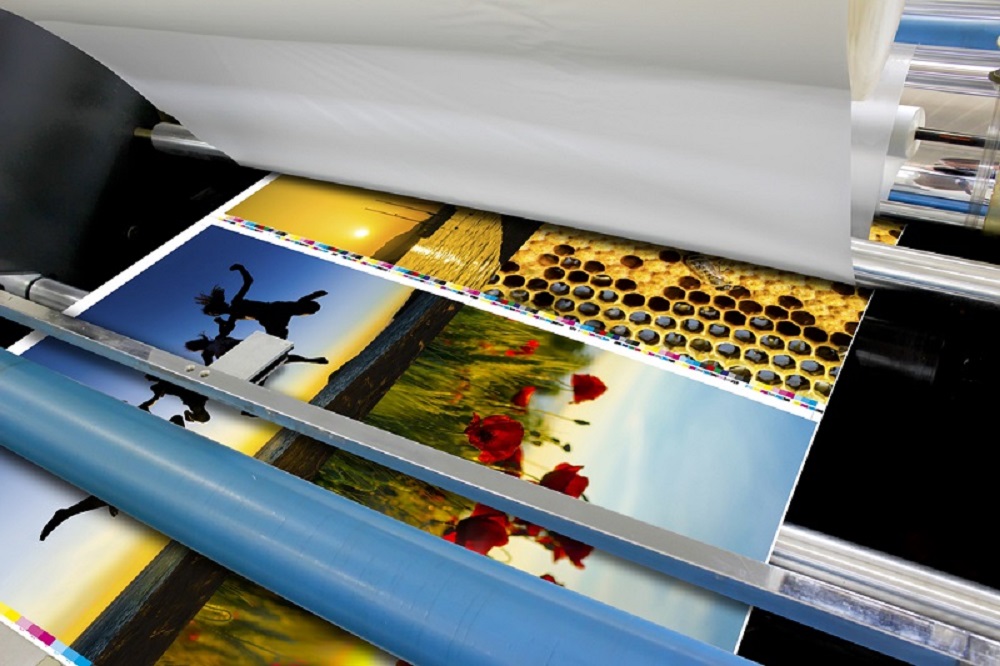Reproducing a text and image on paper or any other material with ink using a machine is popularly known as the press. Often printing is carried out on a large scale, which is considered an industrial process. Printing is a complex method. Making an artwork, choosing the right type of material as well as the proper machine, finishing, and binding the prints, all are required for a successful printing project.
Table of Contents
There Are Different Types Of Methods That Are Used For Printing Solutions
1. Digital Printing
In this process, high-resolution digital-based files are used to produce an image on paper. This method is very much reversed to traditional offset printing. People normally choose offset printing for very large commercial printing work.
A small amount of printing is not cost-effective in offset printing; whereas, digital printing costs are less for smaller print jobs with high-quality prints within less duration.
Digital printing provides more flexibility, whereas offset printing does not. For a small number of different kinds of print works, digital printing could be one of the best printing solutions.
In digital printing, sheet-fed printing is a process that is widely used in printing Letterheads, Stationery, Business cards, Flyers, Brochures, and more. Sheet-fed machines are not as fast as web printing machines.
However, sheet-fed machines don’t require much manpower. The benefit of digital sheet-fed printing is that it gives higher-quality outcomes. It crafts even on the glossier finish, UV finish, dull finish, textured finish, matte finish, and glitter finish options.
2. Web Offset Printing
Web offset printing is a continuous feeding of paper, where the roll of paper is cut and folded accordingly. The text and photos, which turn into images and later reproduced onto the plate; then the plate transfers the image on the material and this is how it is termed as offset printing process.
The benefits of offset printing are that it gives volume to the printed output with consistent results. The flexibility, low cost, and speed of web offset are ideal for a large number of printing materials, comprising textbooks, magazines, catalogs, and many more. In offset printing, high-quality results are given consistently.
3. Electrostatic Printing
Electrostatic printing is one of the latest printing solutions where the toner sticks to charge of the drum and it is then transferred and fused on the paper. This method of printing is used in photocopying, laser printing machines and others for very short printing outputs.
4. Emboss Printing
This type of technique in printing solutions produces a raised image on paper. Emboss printing can be done in two ways, i.e. dry embossing and heat embossing. The embossing process may be applied to the textiles also. The heat embossing is accomplished with heat and pressure with a die on the paper.
5. Gravure Printing
Gravure is a high-quality printing, which produces printed images on the material from a cylinder onto which the image is etched. There are so many items to be mentioned on which the images can be printed like gift wrap, wallpaper, plastic laminates, imitation wood grain finishes, upholstery, and vinyl flooring.
6. Screen Printing
Screen Printing has been used for centuries. In such printing solutions, the process is forcing ink through a stencil that is covered with fabric or wire mesh, which is mounted in a sturdy frame. The ink goes through open areas and is deposited on the printing surface properly placed under the frame.
Screen printing can be done on paper, glass, fabric, plastic, wood, and metal. Sometimes the screen printing process is the only method that is capable of certain applications.
6. Direct-to-Film Printing
Direct-to-film (DTF) printing has emerged as a versatile and efficient solution in the realm of printing technology. This method involves transferring ink directly onto a special film that can then be applied to various surfaces. One notable player in this field is the Prestige DTF printer, which offers high-quality prints and precise color reproduction, making it a favored choice among professionals seeking reliable printing solutions.
The types of printing solutions discussed above are used accordingly depending upon the quantity to be printed, quality to be required, and material to be printed – all within the stipulated time frame. Each printing technology has its strengths and weaknesses. One should keep these in mind while going for a printing solution.



